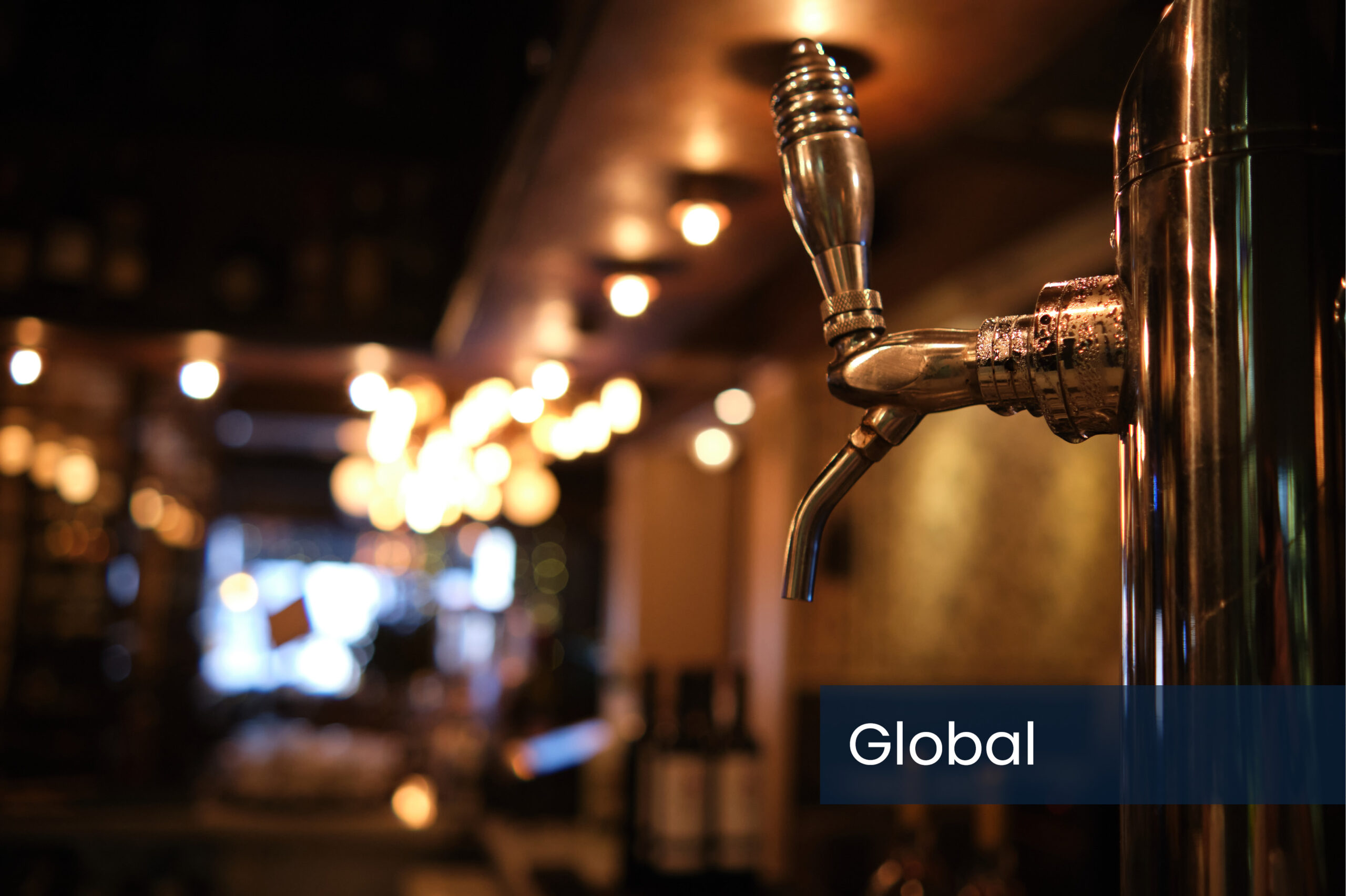
Call it the cost-of-living-crisis, call it the energy crisis, call it a squeeze on disposable incomes; the truth of the matter is that more people have less money to spend now than have more money to spend, after a torrid time of pandemic, trade restrictions and war.
That may well sound bleak, because, well ultimately, it is. Consumers are having to make careful choices on how and where they spend their money and, of course, the hospitality sector is at risk of losing out. However, walk around any major city, especially on a Thursday afternoon, or a Saturday evening, and, faced with after-work drinkers on terraces and bars overspilling with guests you would struggle to believe the damning headlines really are playing out in the sector.
The reason for that is simple and twofold. Firstly, the On Premise sector is an asymmetrical one, attracting an audience that is not representative of the population at large. Secondly, the nature of the sector is that of an affordable treat; the mini-luxury which a week of hard toil is deserving of. Both of these have somewhat shielded hospitality and, along with those signs of vibrancy from booming venues, have made the sector an attractive investment proposition, with global investment firms increasingly targeting the sector as a recession-proof investment.
Both of those fundamental reasons for buoyancy offer opportunities in the sector, but both require in-depth understanding of consumer behaviour to take advantage, especially at a time when previously well-defined habits and preferences are becoming increasingly volatile.
At this point, I should probably explain what on earth I mean by the asymmetrical constitution of the On Premise user base, to which I referred earlier and to which I am (partly, at least) attributing the resilience of the sector to. The nature of visits to bars, restaurants and drinking dens is a discretionary one – nobody is forced to visit – and, as a result, it is, by and large, those who can afford to do so that chose to. This means that the population who visit the sector (and crucially the population who visit the sector regularly) are fundamentally skewed towards those with higher levels of discretionary income.
When we contrast this to the poor souls who have most been impacted by inflationary pressures, we again see a skew. It is a stain on humanity that over the past few years the poor have got poorer, while the rich have got richer. For the On Premise however, this means that, while some consumers have had to cut back on eating and drinking out visits, the sector has largely been able to avoid cuts from its most valuable consumers; those who visit most frequently.
Our data highlights this perfectly. In pretty much every country in which we run research, we see a greater number of consumers planning to decrease their visits than the number planning to increase. However, when we look at who these consumers are, it is the frequent visitors who are planning to increase or maintain visitation, and the long tail of infrequent users who plan to cut their visit rates further. This is resulting in, at worst, a flat visitation level.
The second reason for resilience also plays out in our data. When we look at the reasons for drink choices in the sector “for a treat” has risen significantly in the past year, while we have seen spirits volumes across the globe continue to shift towards premium expressions over the past twelve months. Indeed, the affordable luxury of a high quality drink, delivered perfectly before being savoured and enjoyed is a form of escapism, away from the miserable headlines and into a world of hospitality and experience.
So then, how to take advantage of the opportunities facilitated by these resilience factors? For drinks brands there needs to be more analysis in terms of who the target consumer is and what they are looking for. A wide ranging strategy, targeting all consumers equally is increasingly flawed. If, as is the case in Netherlands for example, 10% of the population make up over 50% of visits, then there needs to be a deep understanding of what that 10% are looking for and how we can satisfy their needs.
Similarly, understanding how to communicate brand values and quality credentials in the On Premise market has never been more important. If consumers are looking for the trade-up option then it is essential to help them to do that; our most recent brand data shows “a brand worth paying more for” is the number two factor in driving loyalty currently. The number one? “A brand I trust”. Faced with uncertain economic times and difficult choices, consumers want reputable & reliable options, especially if they are a treat.
CGA by NIQ’s On Premise User Survey (OPUS) provides suppliers and operators with a rich source of data and insights to help answer questions of consumers’ behaviour, channels, occasions and categories, and optimise sales and marketing strategies within the On Premise. To learn more, please email Charlie Mitchell at Charlie.Mitchell@nielseniq.com
Originally published in Global Drinks Intel Magazine




